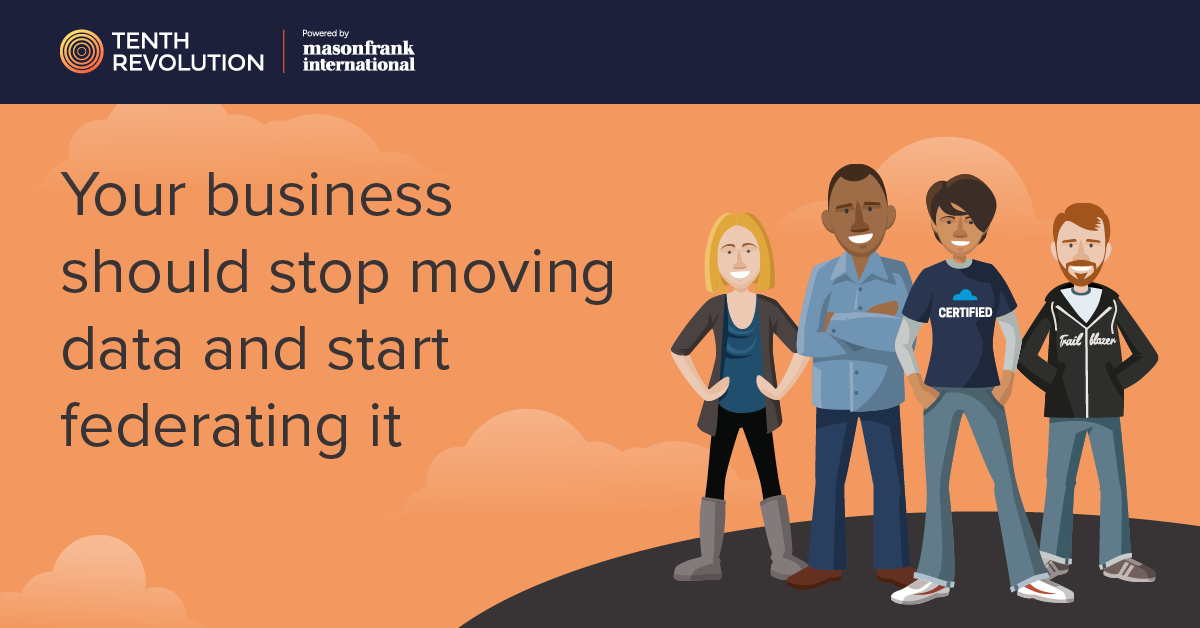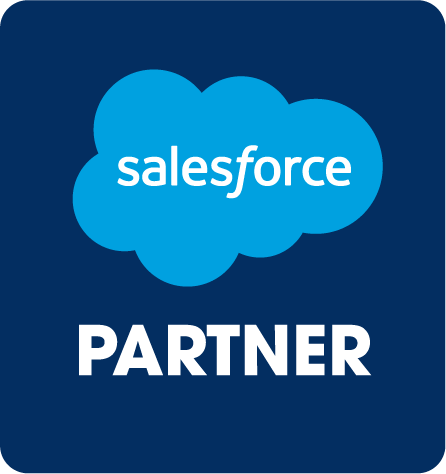
For years, enterprises have been shuffling customer data from one system to another, building fragile ETL pipelines to make CRM and analytics talk to each other.
That approach might have worked when customer interactions were slower and batch updates were good enough. Today, it’s holding businesses back. Customers expect instant personalization, compliance teams demand tighter governance, and AI models need live data they can trust. Copying and transforming data again and again just doesn’t scale.
This is where Salesforce Data Cloud and zero-copy integration come in. Instead of constantly moving data between systems, Data Cloud queries it directly where it lives, in modern warehouses and lakehouses like Snowflake and Databricks. The result is faster activation, lower compliance risk, and a true single source of truth for Customer 360.
Why moving data is slowing you down
Every time data is copied, lag and duplication are introduced. A service agent might see one version of a customer profile while marketing relies on another, leading to confusion and poor experiences. Teams also spend a disproportionate amount of time maintaining pipelines instead of delivering value.
The compliance issues are just as serious. Regulations like GDPR and HIPAA require businesses to enforce consent and residency rules consistently. If multiple copies of the same dataset are spread across different systems, keeping track of those rules is a constant headache.
On top of that, AI is rapidly becoming a core part of Salesforce workflows. Copilots and autonomous agents need to make decisions on the most recent and reliable data. Stale or duplicated information undermines their usefulness.
Businesses that want to modernize need to start thinking less about how to move data, and more about how to federate it. Mason Frank provides Salesforce professionals with the expertise to design zero-copy integrations, helping enterprises move beyond outdated ETL pipelines.
What data federation looks like in practice
When data is federated rather than moved, it stays under the governance and security rules of its original platform. Salesforce Data Cloud then connects to those sources, reading data in place and activating it instantly inside Salesforce applications.
This approach makes a measurable difference in everyday workflows. Marketing can act on live purchase data to deliver timely offers. Service teams see the latest account details when responding to a case, instead of waiting for an overnight sync. Sales consultants walk into meetings with unified profiles that combine interactions, transactions, and behaviors pulled from multiple systems in real time.
Instead of creating more silos, federation connects CRM directly to the enterprise backbone. Mason Frank connects enterprises with Salesforce talent who know how to configure and scale Data Cloud so that every department benefits from a single, governed source of truth.
The benefits executives should expect
Shifting to data federation isn’t just about making life easier for technical teams. It creates tangible outcomes that executives can measure. Enterprises adopting this approach often see campaigns go live faster, since teams no longer have to wait for data to load and transform. They reduce compliance risk, because customer consent is enforced at the source. They also get better returns on data investments, as warehouses and lakehouses can finally power front-line engagement instead of sitting in the background.
Most importantly, it sets the stage for enterprise-grade AI. Copilots and agents running inside Salesforce can ground their actions in live, consent-aware data, which makes their outputs more accurate and trustworthy.
Why your business should act now
Moving data around worked in the past, but the stakes are higher today. Customer expectations, compliance obligations, and AI-readiness are all pushing toward the same solution: a federated, zero-copy data architecture.
Salesforce Data Cloud gives enterprises the tools to make that shift. By federating data rather than duplicating it, businesses can deliver real-time personalization, build trust with regulators and customers, and unlock the full value of AI.


